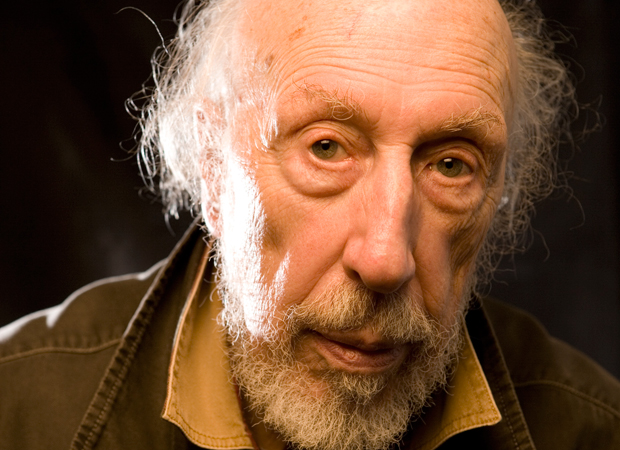
A day on the farm with Richard Hamilton
Rachel Cooke recalls a close encounter with the pop art legend
 Rachel Cooke
Rachel CookeI only met Richard Hamilton once - shortly before a new show of his work at the Serpentine Gallery last year - but our encounter will stay with me forever. For one thing, it took me a while to stop admiring him physically. What a face! He looked, to me, exactly like an Old Testament prophet: the amazing cliff of his forehead, the halo of white hair, the outsize teeth. For another, there came a moment of hot embarrassment early on, when I noticed that on one of his latest inkjet solvent prints - a political piece, devised to illustrate what Hamilton regarded as the disgraceful shrinking of the Palestinian state - he had spelt Israel with the 'a' and the 'e' in the wrong order. Thinking this must be deliberate, a kind of play on words, I smugly noted it aloud. Oh dear. It wasn't a pun. It was a mistake. I remember, at this point, feeling slightly sick, thinking that he would surely - artistic temperaments being what they are - fly into a rage, and throw me out. But, no. Hamilton was too kindly and down to earth for that. There was a moment of silence, and then he started to laugh. "Not to worry," he said. "I'm sure there's some way of sorting it out." I’ve a feeling that he may even have patted me on the back. We moved on.
He was a fierce man: passionate and, when it came to certain politicians, angry. But he was also generous, funny, and eternally self-deprecating. He had known everyone - René Magritte, Marcel Duchamp, Mick Jagger, The Beatles - and their names fell from his lips perfectly happily, if you asked. But he was not a name-dropper. At one point, we got to talking about Yoko Ono. Hamilton thought that she might be an admirer of his. Or perhaps not. "I did contribute my bottom to her bum pic," he said, a reference to Ono's performance film, No. 4. "Not that I would recognise it now. That was our relationship: I was just a bum to her." He noted mildly that The Beatles had paid him only £200 for designing the cover of the White Album, and that this had been "a bit mean".
I asked him about his most famous and important work, Just What Is It That Makes Today’s Homes So Different, So Appealing? in which a naked woman sits on a G-Plan sofa wearing a lampshade (the collage was created for the Independent Group’s 1956 exhibition, This Is Tomorrow). "I’m rather bored with it." A low chuckle. "But it’s a nice little earner." And his dear friend Duchamp? (They first met at a dinner party in Paris, at the house of the artist Bill Copley, though when, exactly, he was unable to tell me). "Charming," said Hamilton. "Clever and kind and witty. I thought it was going to be a big party, but the guests were me, René Magritte and his wife, and Marcel and his wife. I didn't have two £5 notes to rub together at the time. When the first 'green book' came off the press he wrote me the most beautiful letter I've ever received. 'Your labour of love has produced a monster of veracity,' it said."
It was the example of Duchamp, he told me, that had set him on his way as an artist. "Duchamp was truly iconoclastic," he said. "This meant that he denied himself, that he knocked his own ideas out of the window. I thought: I should do the same - be careful, as he was, of repeating myself."
I often think of what Hamilton said next; it's in the front of my mind any time I find my stamina waning as I shuffle around a gallery. "In art," he told me, "it's the mind, not the eye that should be active." His was active - hyperactive, even - right to the very end.